Garba
Gujarat, West India
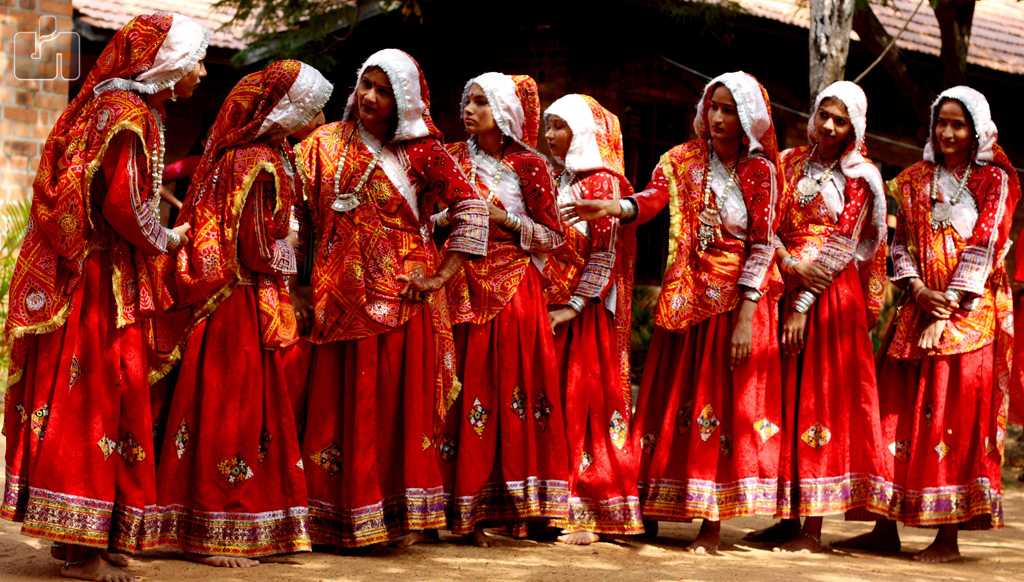
Garba in Indian Mythology
In Hindu mythology, when Goddess Durga defeated Evil, Navaratri was celebrated to commemorate her victory and Garba was an integral part of expressing the deity’s power. In the destruction she has caused on her venture for peace, her sword was the most propitious weapon in wielding rage onto the demons. Dandiya sticks used in Garba signify the goddess’ sword and invincibility.Garba in Navratri Festival
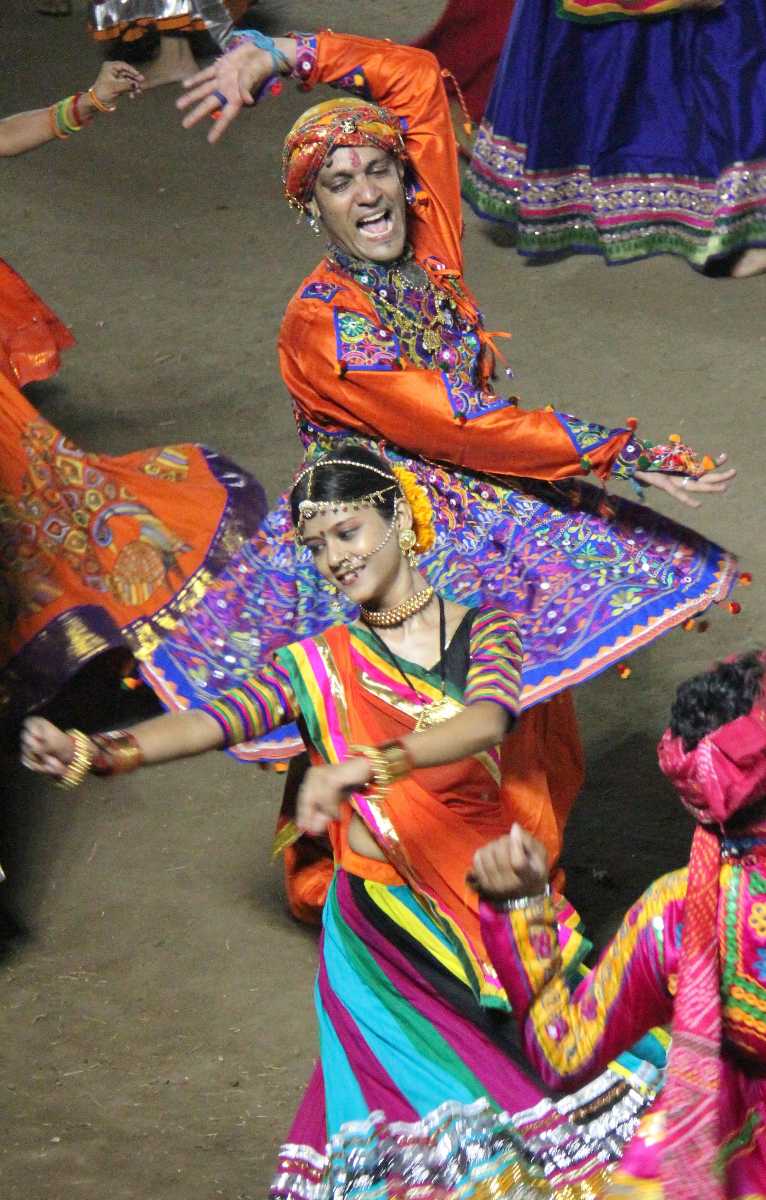
Types of Garba Dance
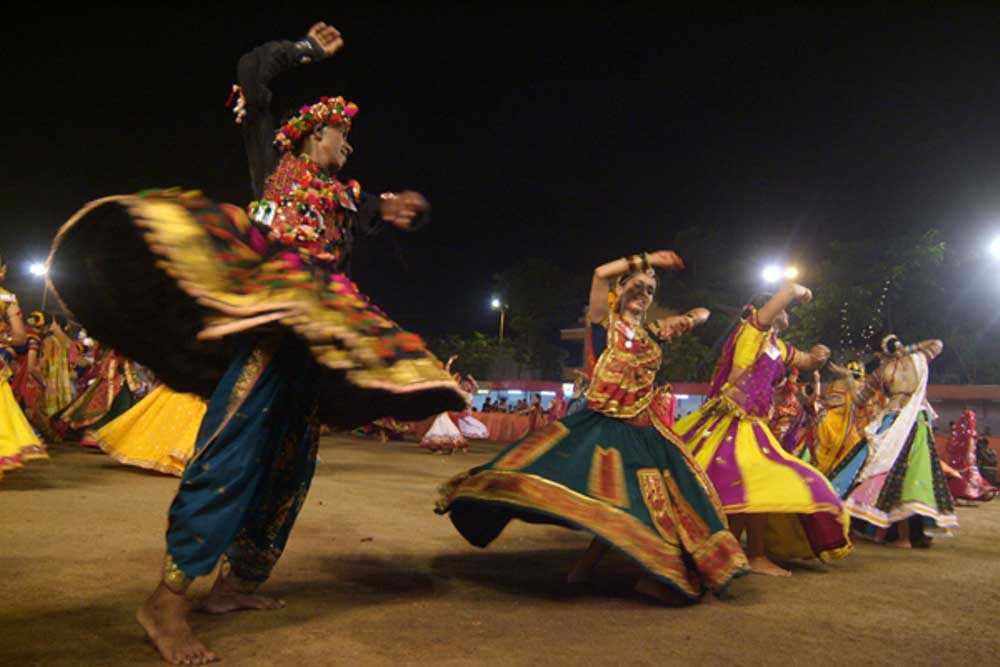
Moving counterclockwise, participants form concentric circles and each circle moves in opposite directions. Dancers begin with slow steps, gradually increasing the tempo while everybody’s feet merge into a trancelike sync. Not only is this mesmerizing to watch, but each form has extremely easy steps meant for people of all skill levels, age and abilities. Garba is quite a rigorous workout too!
Music in Garba Dance
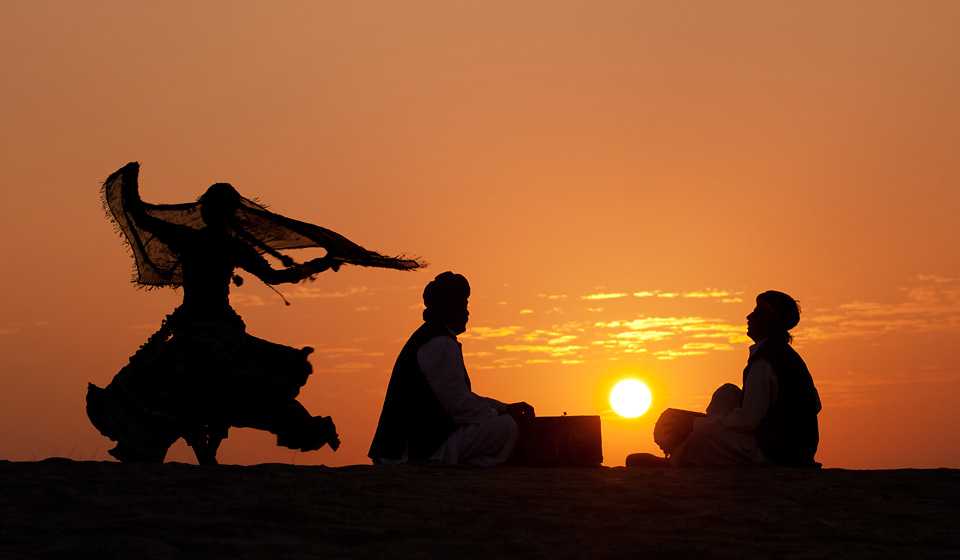
Professional artists play the dhol, drum and double-reed organs or shehnai, which are all Indian percussion instruments considered to be auspicious for the event. With modernization in the early 21st century, bongos, synthesizers, harmoniums and octapads are also easy to spot.
Traditional Costumes of Garba
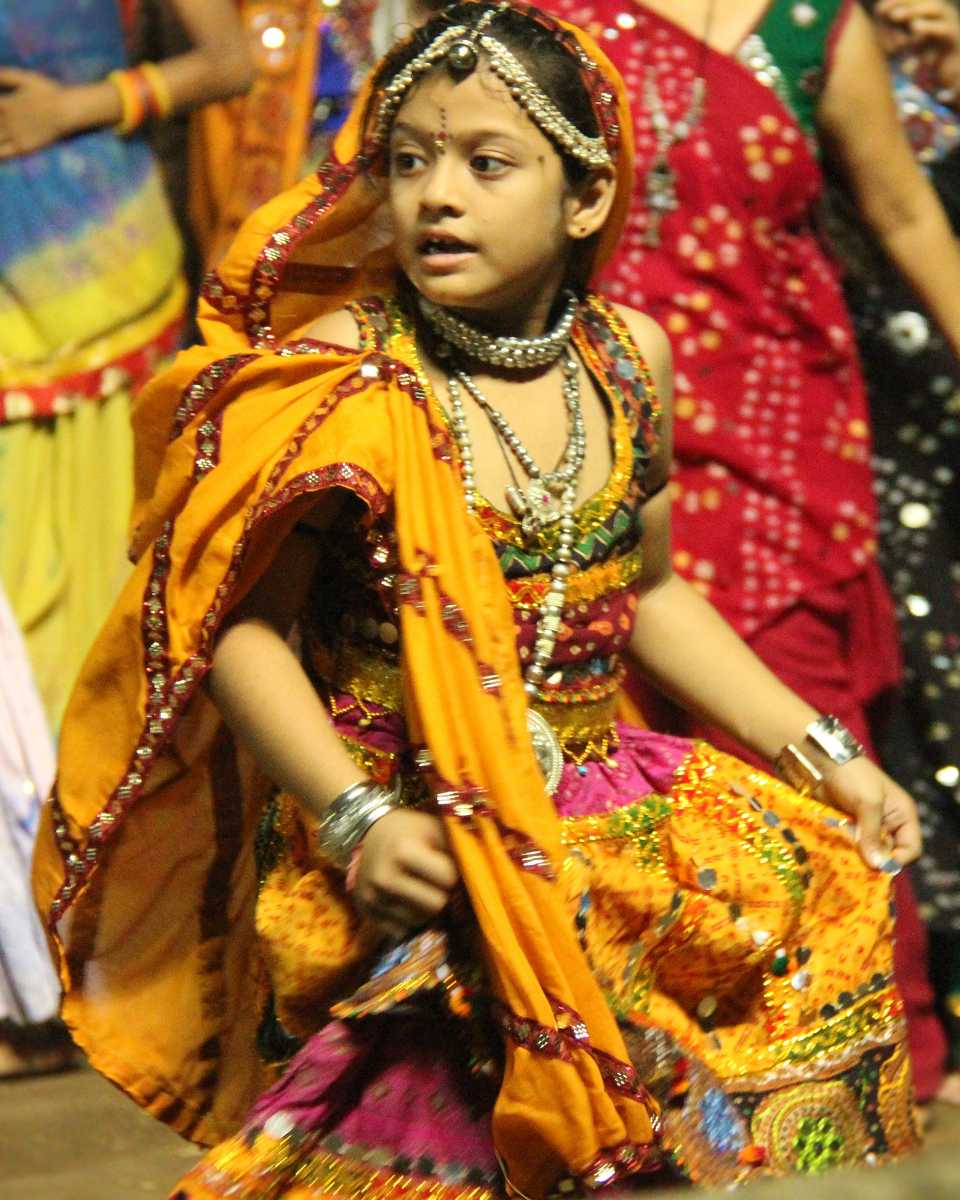

Women wear chaniya choli which is a three-piece dress with an intricately embroidered blouse with beads, tiny mirrors and shells, and a flared, long skirt with similar decoration. The dupatta or chuniya is an ornate piece of cloth draped around the head and chest by women. Little girls can be seen wearing Ghagra choli. Both men and women adorn themselves with heavy silver-plated jewellery, sparkling waist belts, maang tika, chunky metal bracelets and jhumkas or hanging earrings. Bold eyeliner or kajal and bindis are equally important parts of the Garba look.
Popular Beliefs and Notions
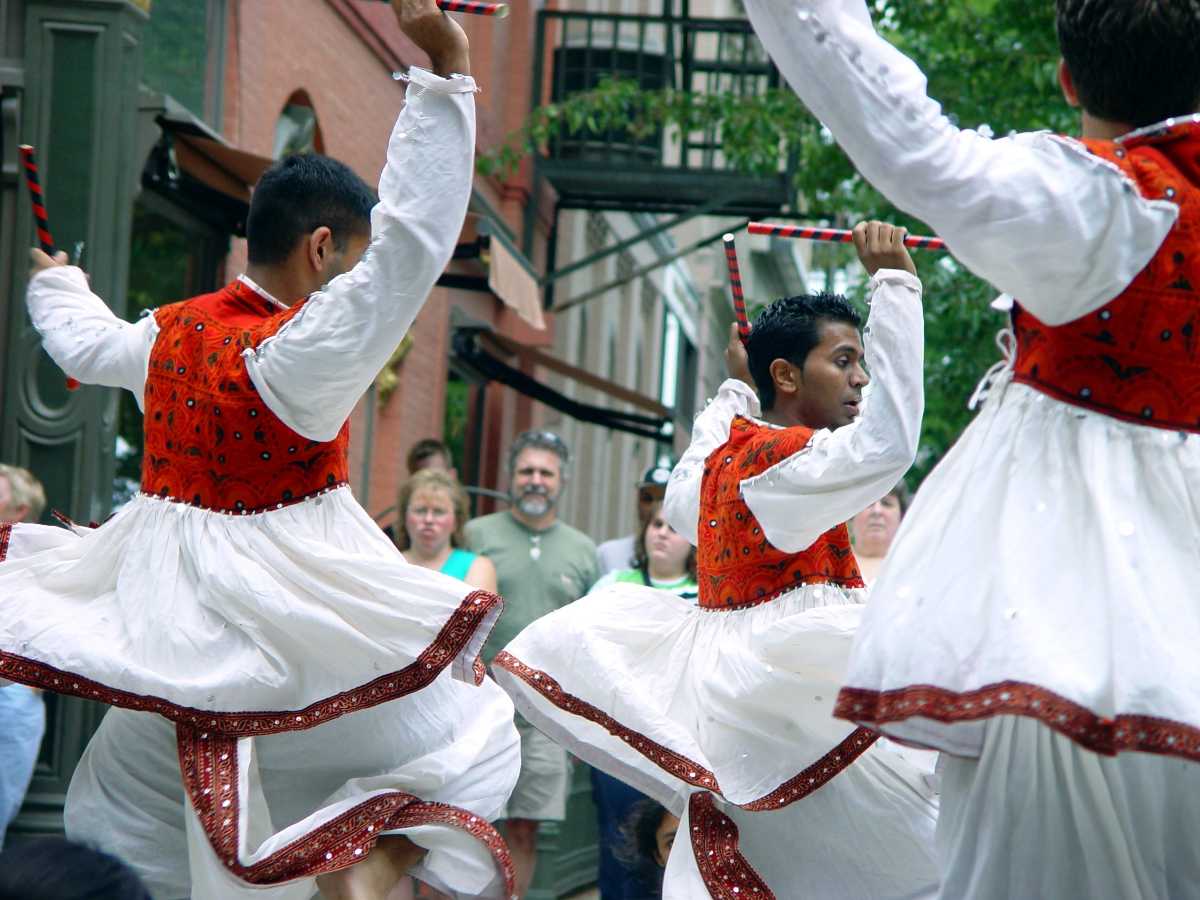
- One of the most confused notions is the difference between Garba dance and Dandiya dance.
- While both originate from Gujarat, they are performed on varied occasions. Dandiya is performed in praise of Lord Krishna in Vrindavan Gardens.
- Dandiya is also performed with colourful sticks while Garba involves more hand motions, clapping and circular dance formations.
- Garba is not only a festival confined to Gujarat but is prevalent across other Indian states and foreign countries like Canada, USA and Netherlands.
What is the Difference Between Dandiya and Garba?
Many might confuse themselves with the difference between the Dandiya and the garba celebration. Read below to learn about the differences between Dandiya and Garba, so you do not mistake yourself.
- The first difference between Dandiya and Garba dance form is that Garba is played with the sync of hands and feet, while Dandiya is performed using wooden sticks.
- While performing Dandiya, you need to have an equal even number, while Gabra can have as many people without any restrictions.
- The songs on which Garba is performed are based on the Goddess Durga and her nine avatars, while Dandiya is played with the musical beats of Krishna, which symbolises Krishna playing Rasleela with his Radhas.
- The folk dance of Garba symbolises the women’s fertility and is dedicated to Maa Durga as a sign of her feminine energy. On the other hand, Dandiya is performed or played among the two people as a representation of the battle between Devil and Demon.
Traditional Costumes of Garba
When the festival arrives, all we can think of is costumes, right? Festivals are all about wearing colourful costumes and getting decked up well. Likewise, Garba, being a part of the most auspicious festival, Navratri, also has some specific costumes worn while performing the traditional folk dance.
All the men and women performing Garba on the Navratri night get dressed up in traditional Gujarati colourful costumes, which are well designed with vibrant accessories.
1. Costume for Women
The costumes of Women on Garba night are known as Chaniya Choli. It is basically a three-piece costume decorated with beautiful and colourful beads and mirrors. Moreover, there is a blouse called Choli and a long flared skirt known as ghagra, along with an embroidery Dupatta to cover the head.
Also, to enhance the look, womens wear heavy silver-plated jewellery, sparkling waist belts, maang tika, metal bracelets and jhumkas. As a form of makeup, they apply bold eyeliner or kajal and bindis.
2. Costume for Men
If we have to talk about the attire for a Garba night for Men, they wear a colourful round Kurta, a long shirt that falls below the knee to match the outfit with their partner during the dance performance. Moreover, the Kurta is matched with a Kafni Pajama, loose-fitting pants, and a turban or a scarf around the neck, matching the outfit.
Comments